Description
Stay on trend this season with the non-european® Waistline Linen Skirt Black – designed & hand made in Cape Town SA!
How-To Complete your look: [read more]
‘Style it with your favourite T-shirt / Top and complete your look with one of our signature genuine leather belts. Our pick would be the non-european® OBI BELT Soft brown, Tan or Dark Brown…
these belts also go really well with our new range of matching genuine leather shoes and sandals’
Textile: [read more]
100% Linen
Durability, comfort & breathability is top priority for non-european® designers, Louis & Tarien Erasmus who prefer to use only the highest quality, natural fabrics.
100% LINEN is a Natural, cellulosic fibre made from the stem of the flax plant, one of the oldest plants and oldest textiles in human history.
“We regard Linen as the best quality fabric because…” [read more]
“The stiffer yarn with natural slubs offers the finished garment a unique rich texture that adds dimension to any outfit. The fabric itself is also more lustrous (brighter & slightly silky) and dyes very well. And it is famous for its antibacterial properties.”
Linen is highly absorbent and dries quickly wicking moisture away from your skin – offering exceptional breathability. Constructed out of hollow fibres, linen acts as a natural insulator – keeping you cool in the summertime and warm in the dead of winter.
The strong flax fibres also make it extremely durable and more winter ready.
Linen softens the more it is used and washed and can last decades when cared for correctly.
How to care for my linen garment? [read more]
‘Most linen products are machine washable at no more than 20C, and because linen is so quick to dry there’s usually no need to tumble dry. We recommend hanging the product straight from the machine, stretching it back into position and leaving it to finish. No need for ironing as creases and wrinkles is a part of the character of linen.’
Does Linen shrink? [read more]
‘Linen tends to shrink, as it is a natural fabric – you should expect your linen garment to shrink a bit after the first wash.’
Why is linen clothing so expensive? [read more]
‘Linen is expensive because harvesting linen and turning it into fibre is a much longer and more difficult process than with other fabrics. Unlike other plants, the flax plant cannot be mowed, but must be pulled up by the roots.
Furthermore, the inelasticity of the strong flax fibre causes it to break easily in the production process pushing production costs up.’


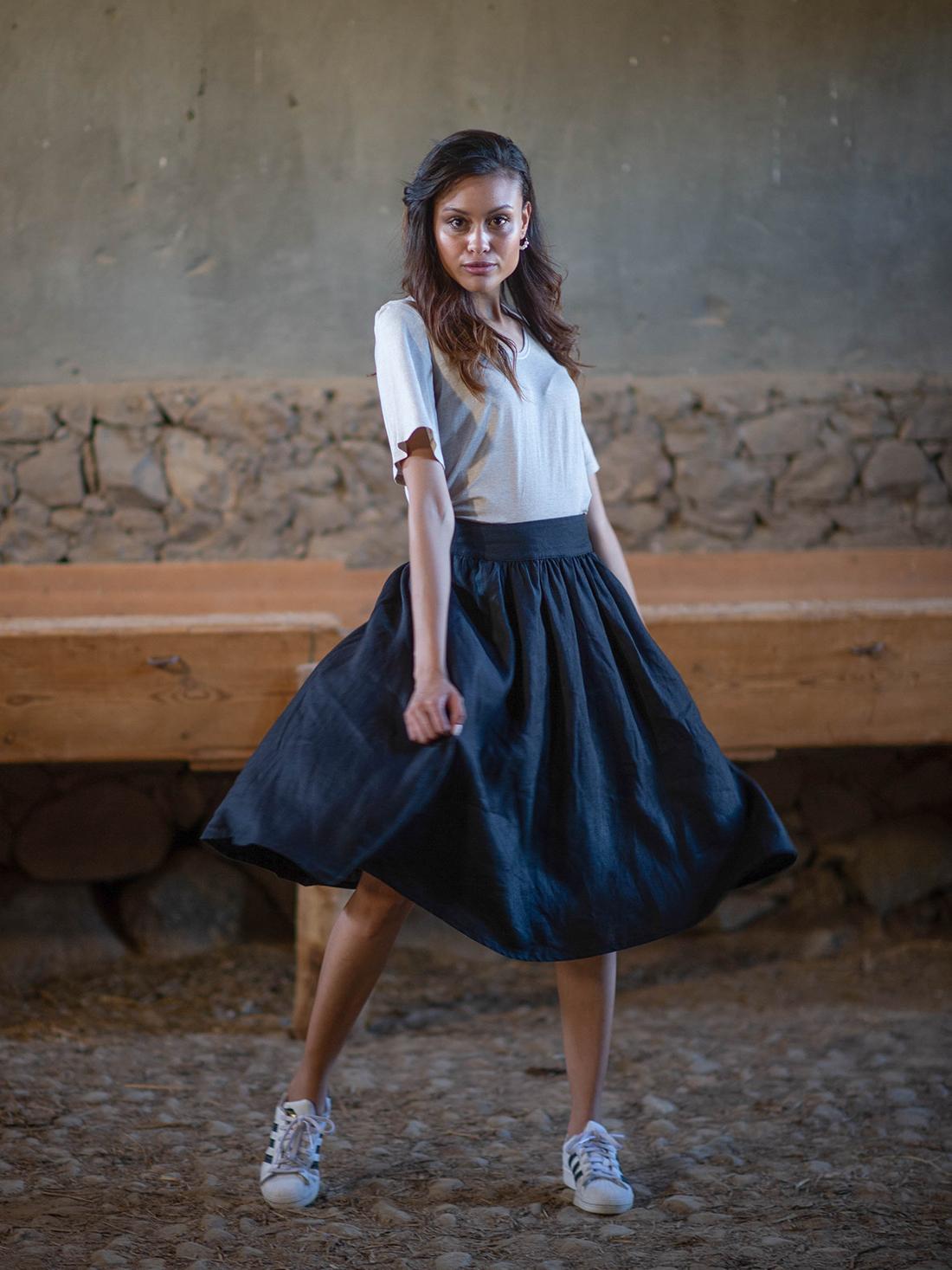
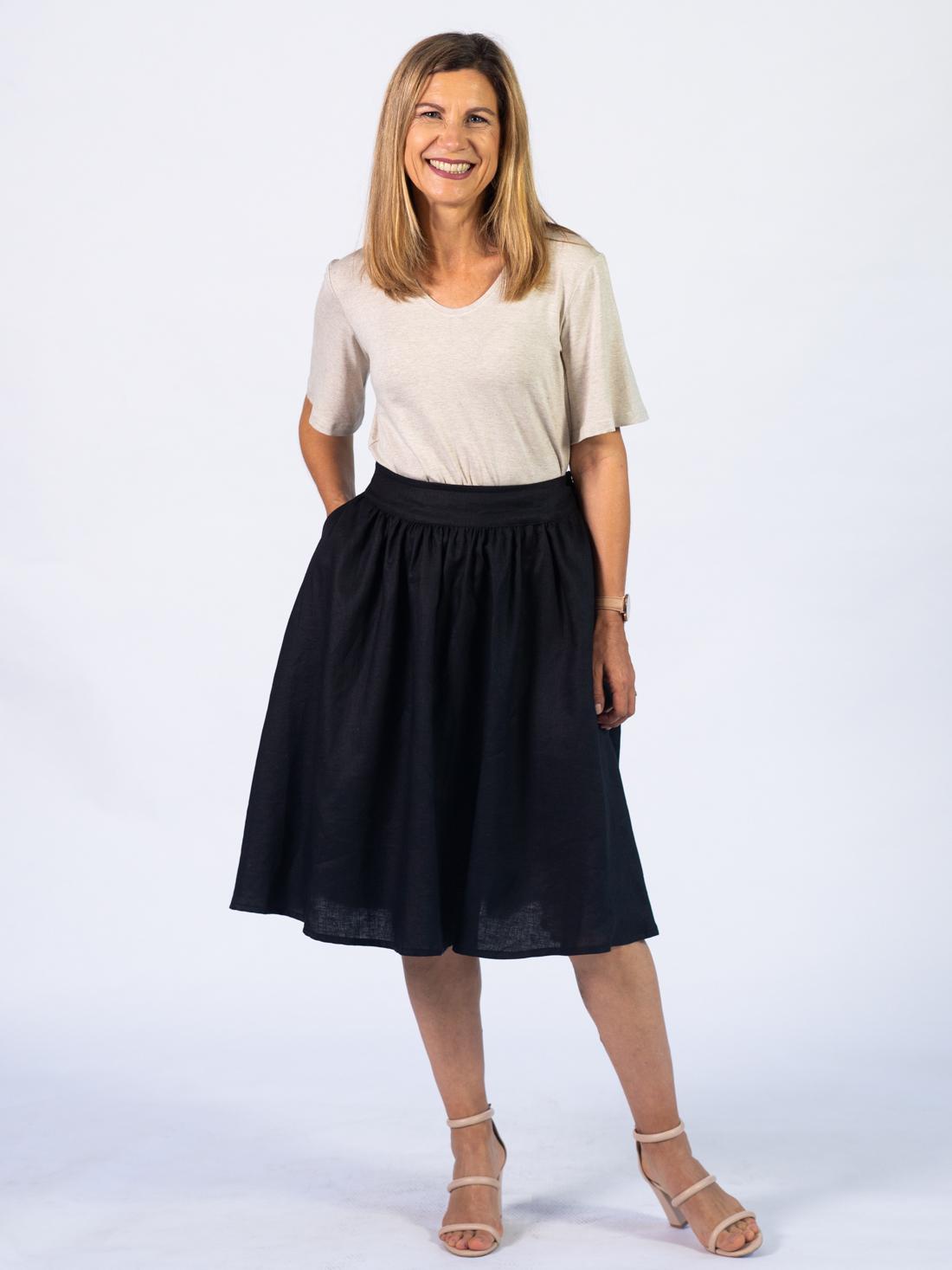
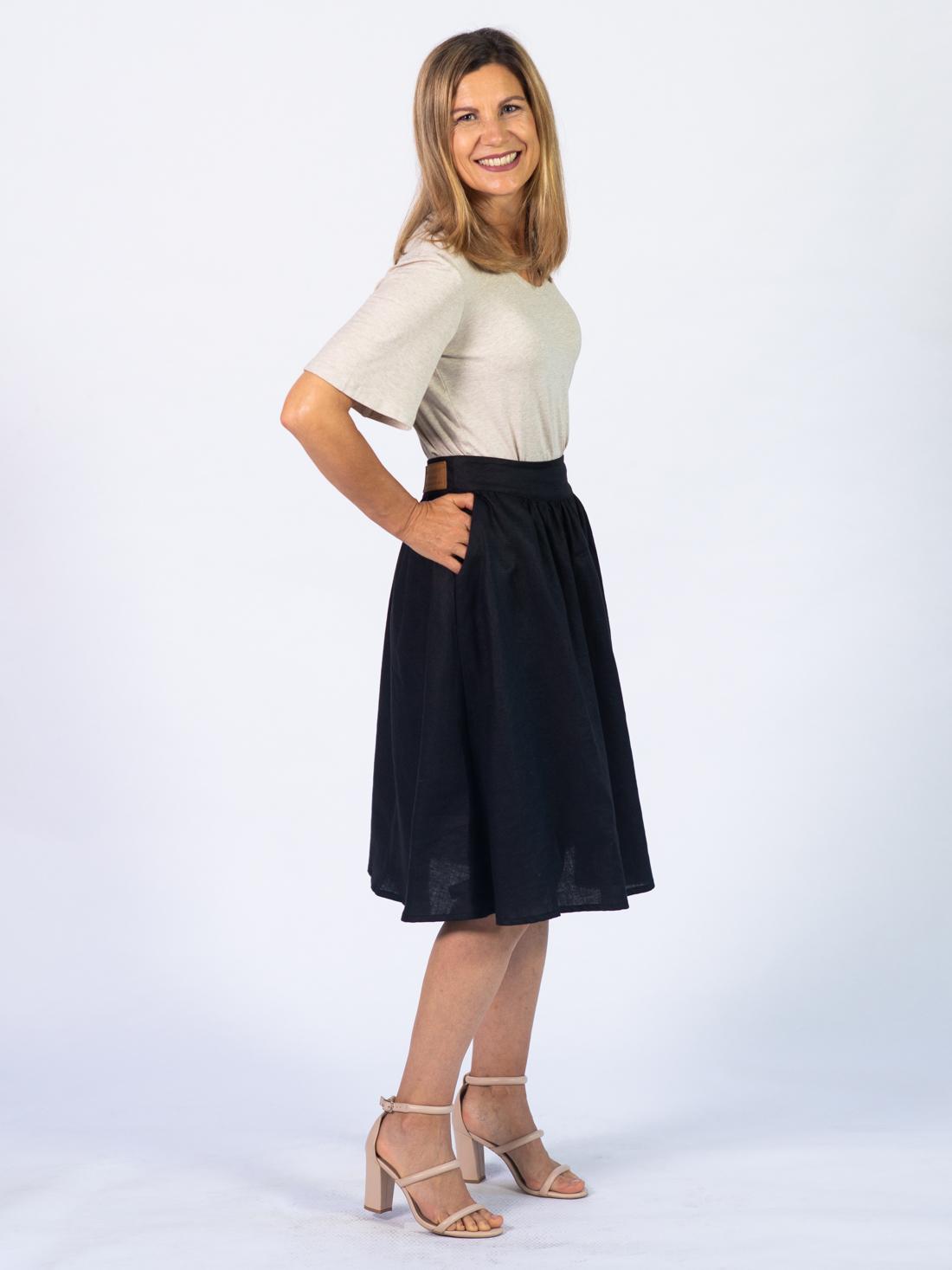
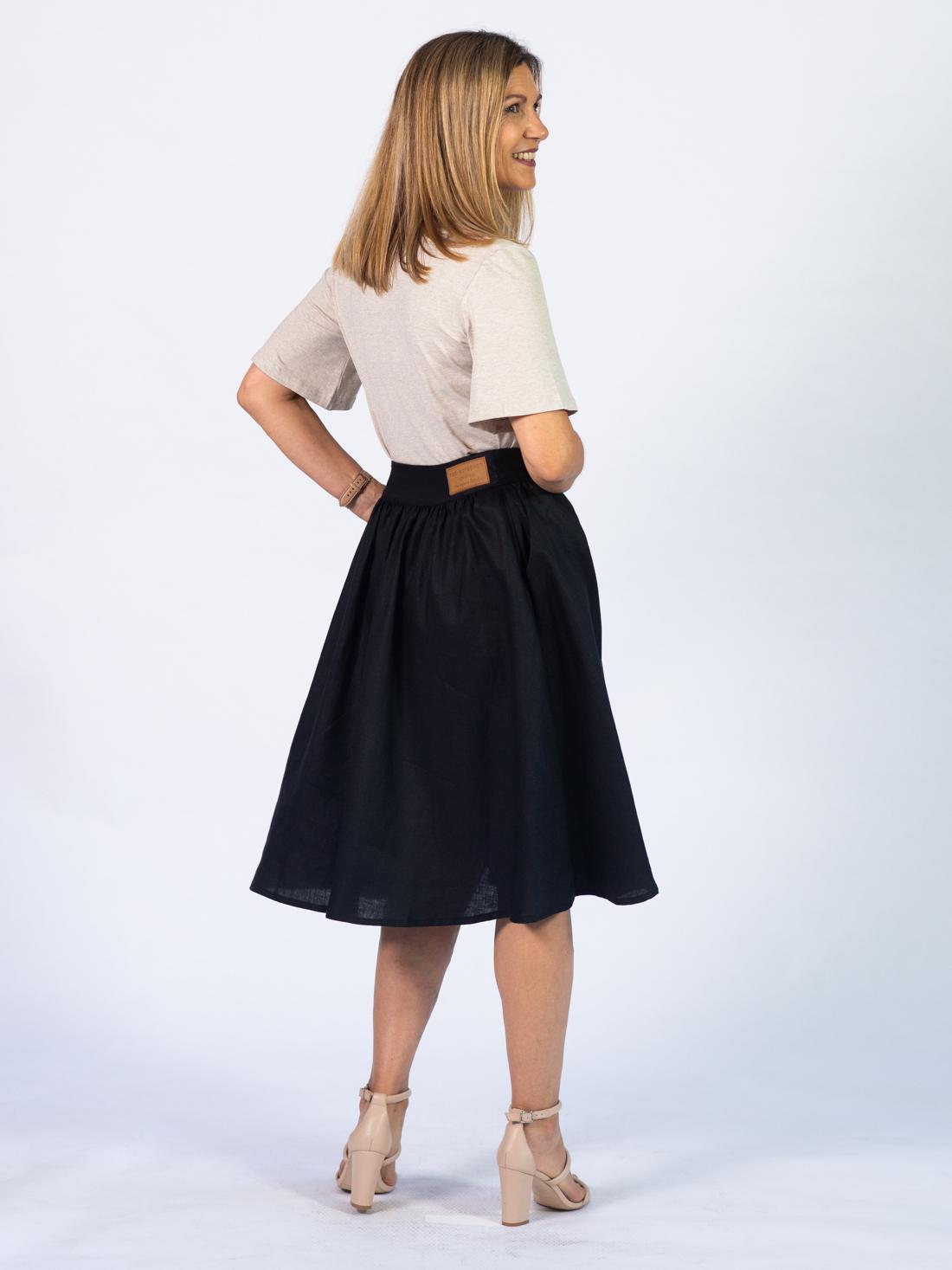
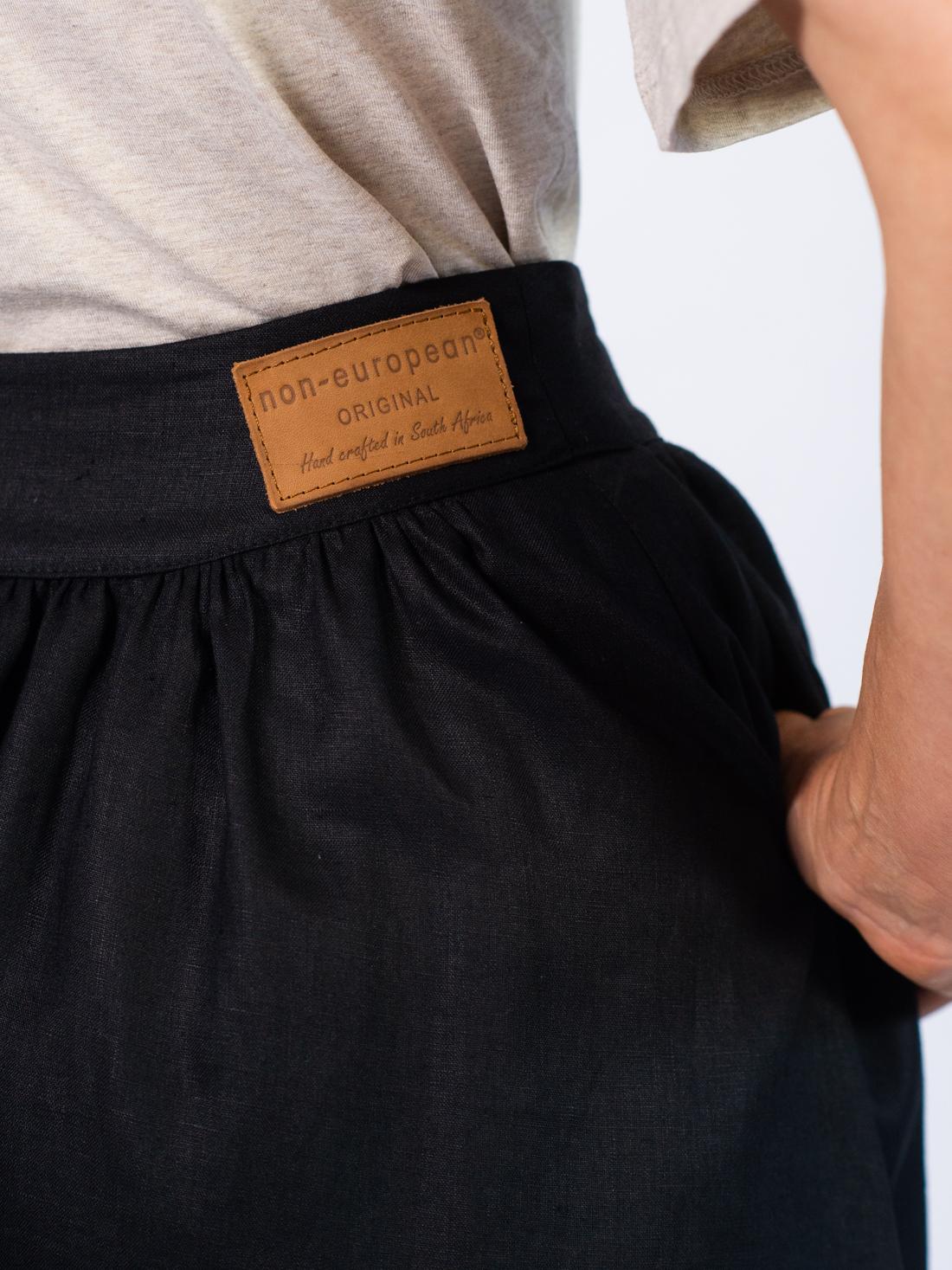
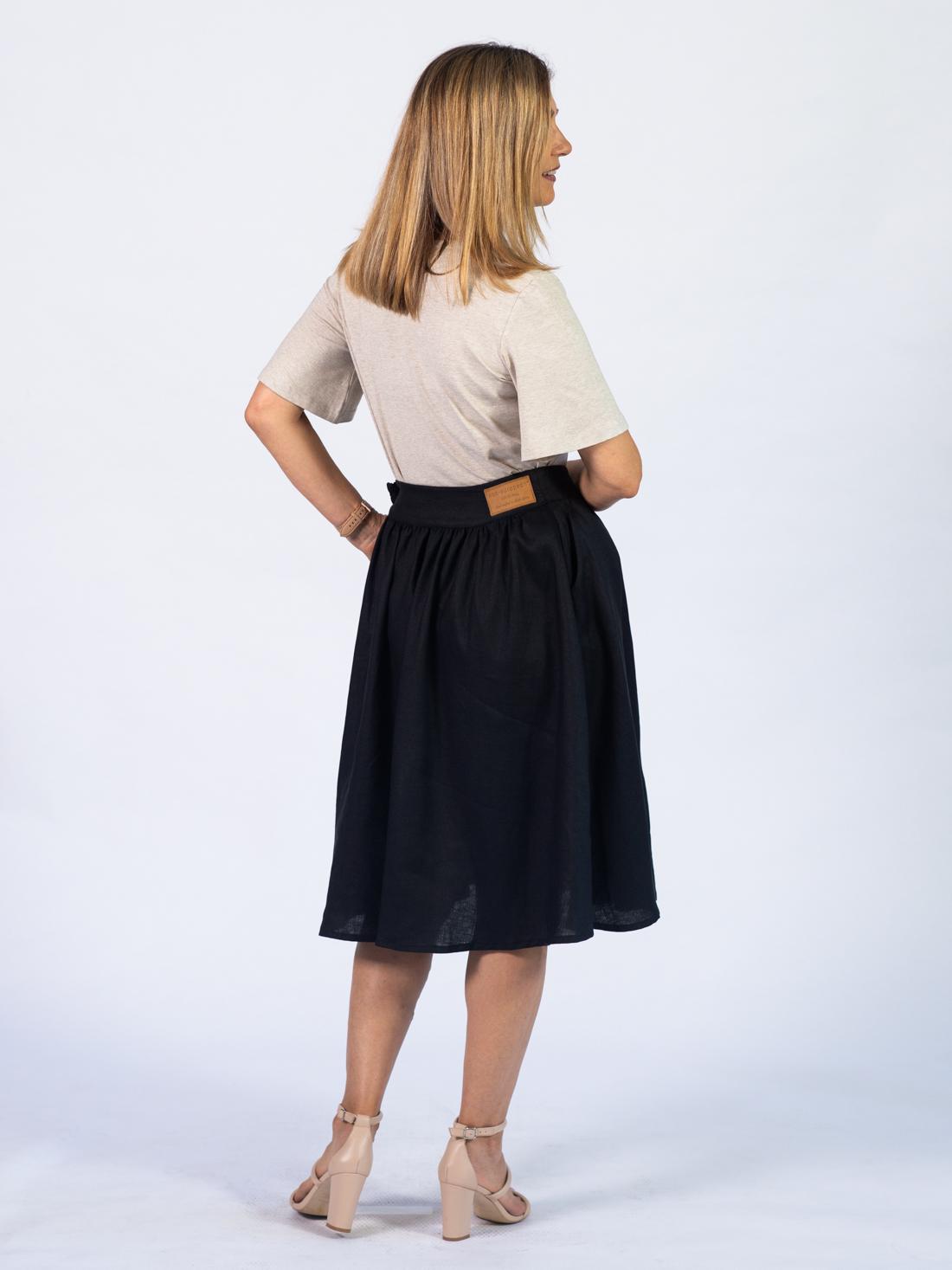

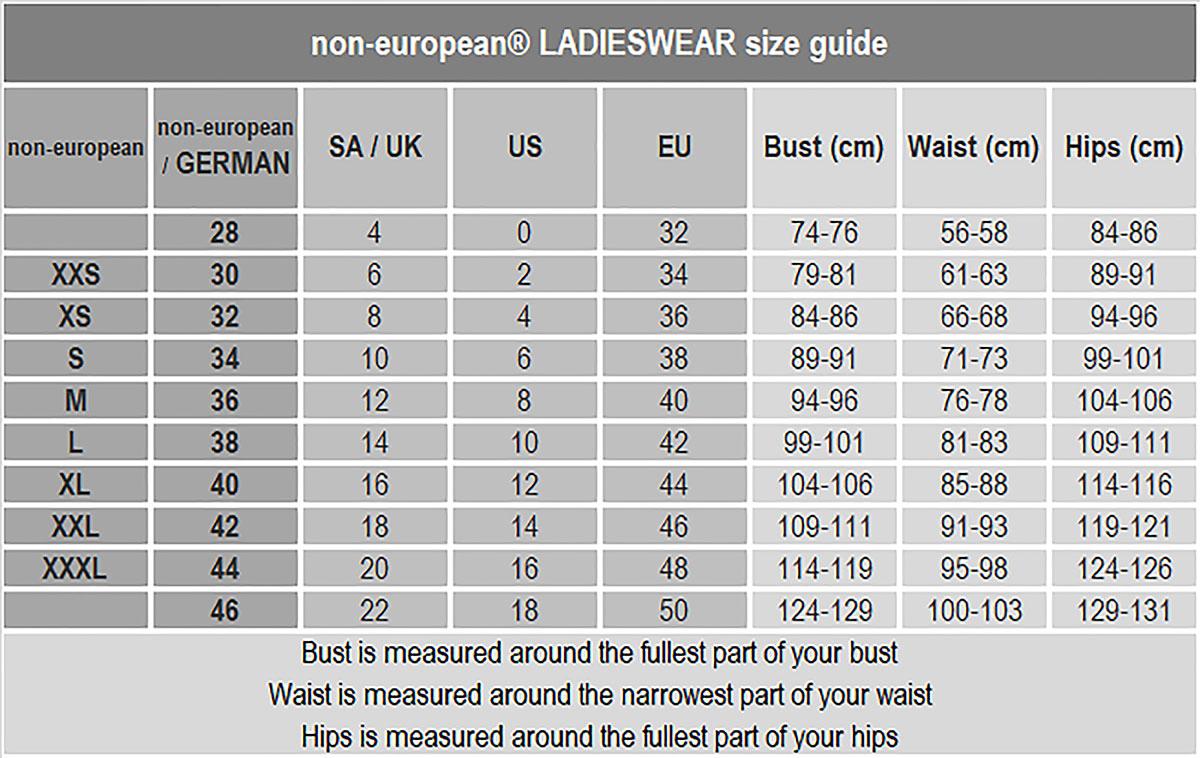
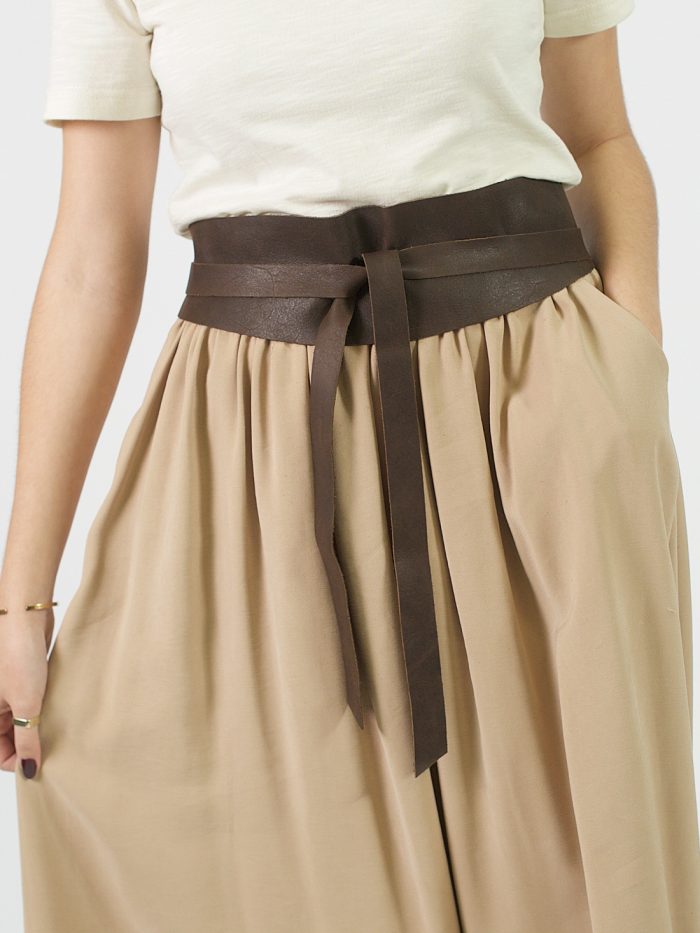
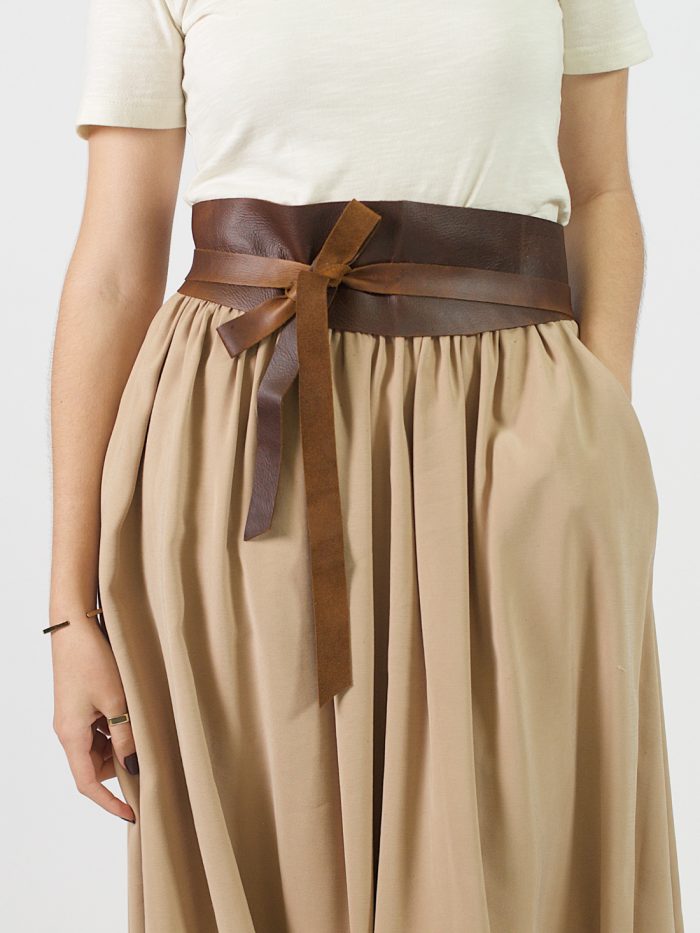

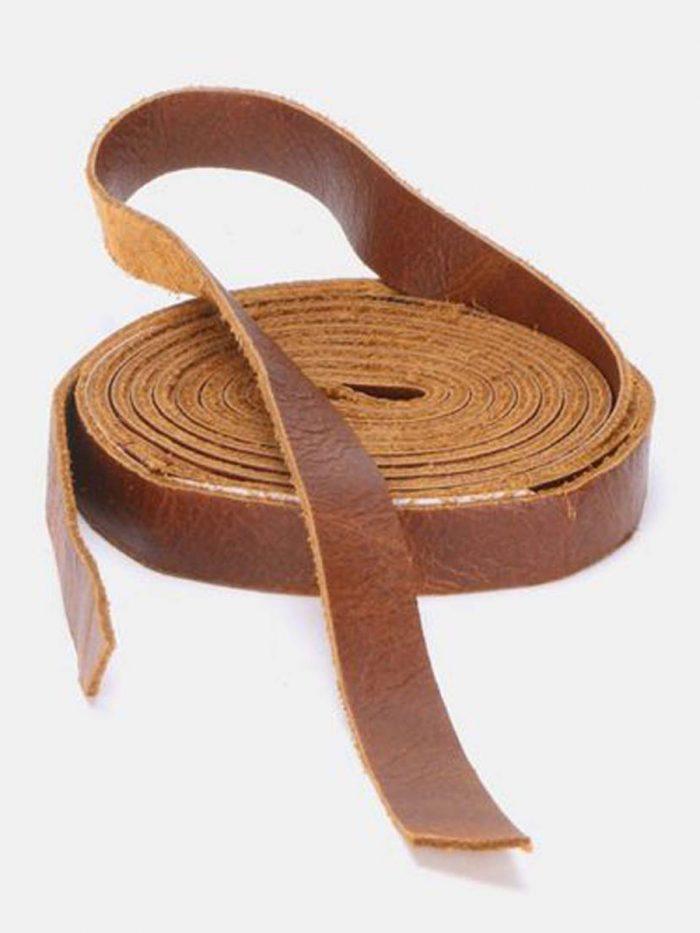

Ester Erasmus (verified owner) –
Love the Fabric, Love the Length – perfect for all occasions!!